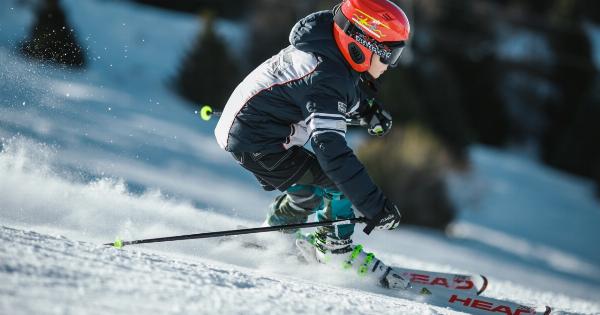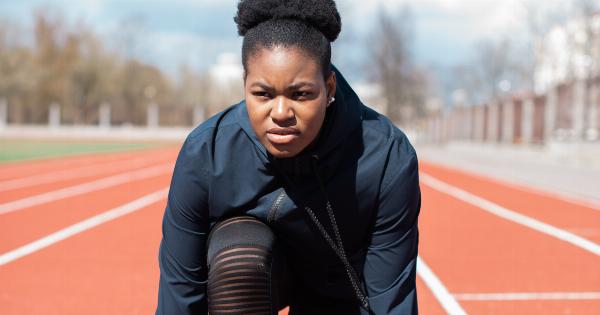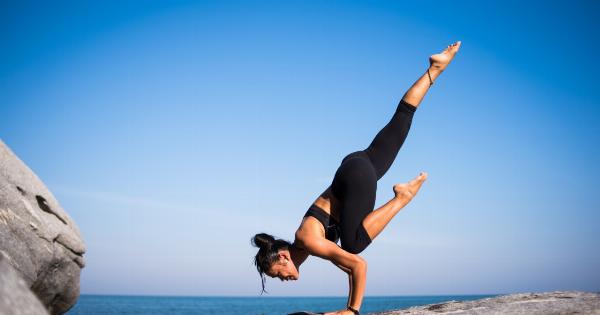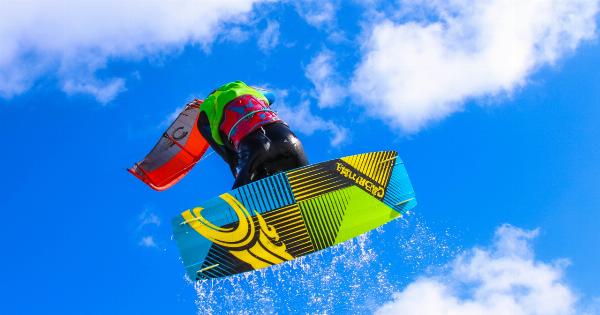Winter sports can be thrilling and exhilarating, but they also pose certain risks. Whether you enjoy skiing, snowboarding, ice skating, or any other winter activity, it’s important to prioritize safety.
By following these safety tips, you can minimize the chances of accidents and injuries and make the most of your winter sports adventures.
1. Get Proper Training
Before engaging in any winter sport, it’s essential to receive proper training. Enroll in lessons or join a beginners’ group to learn the basics and develop the necessary skills.
Experienced instructors can teach you the correct techniques and give you important safety advice.
2. Wear Appropriate Gear
Always wear appropriate gear when participating in winter sports. This includes helmets for activities like skiing or snowboarding, as well as protective padding for activities with a higher risk of falls, such as ice hockey or sledding.
Ensure that your gear fits properly and provides adequate protection.
3. Check Weather Conditions
Prior to heading out for your winter sports adventure, check the weather conditions. Be aware of any forecasts that predict storms, freezing rain, or extreme temperatures.
It’s best to avoid participating in winter sports during hazardous weather conditions.
4. Warm Up and Stretch
Just like any physical activity, it’s important to warm up and stretch before engaging in winter sports. This helps to prevent injuries by loosening up your muscles and improving flexibility.
Take the time to warm up your body properly before hitting the slopes or the ice.
5. Stay Hydrated
Even though it may not be as apparent, staying properly hydrated is just as important during winter sports as it is during summer activities. Cold weather can be dehydrating, and you may not notice the signs of dehydration as easily.
Drink plenty of fluids throughout the day to ensure you stay hydrated.
6. Know Your Limits
When engaging in winter sports, it’s crucial to know your limits. Avoid attempting activities that are beyond your skill level or physical abilities. Pushing yourself too hard can lead to accidents or injuries.
Start slowly and gradually increase the difficulty of your activities as you gain more experience and confidence.
7. Be Aware of Your Surroundings
Always be aware of your surroundings while participating in winter sports. Watch out for other skiers, snowboarders, or ice skaters, and be mindful of any hazardous terrain or obstacles.
Pay attention to signs, markers, or warnings provided by resort staff to ensure your safety and the safety of others.
8. Use Proper Technique
Using proper technique is essential to stay safe while enjoying winter sports. Whether it’s learning how to fall correctly or mastering the right way to make turns, practicing and using proper technique minimizes the risk of accidents or injuries.
Consider taking additional lessons or seeking advice from professionals to improve your skills.
9. Wear Sunscreen
Sunscreen isn’t just for sunny days at the beach. Even on cloudy or overcast days, the sun’s rays can be intense, and the reflection off the snow can cause sunburns.
Protect your skin by applying a high SPF sunscreen on all exposed areas, including your face, neck, and hands.
10. Point of No Return
When skiing or snowboarding, always keep in mind the “point of no return.” This refers to the point on a slope where you should commit to skiing or riding down rather than stopping suddenly.
Stopping in the middle of a slope can pose a danger to yourself and other skiers or snowboarders.
Remember, safety should be your top priority while engaging in winter sports activities. By following these safety tips, you can have a fun and enjoyable experience while minimizing the risk of accidents and injuries.






























